Optimal Timing for Waterproofing
Waterproofing is a critical aspect of building maintenance that prevents water intrusion and protects structural integrity. Proper timing ensures maximum effectiveness and longevity of waterproofing solutions, reducing potential damage and costly repairs.
Spring offers moderate temperatures and lower humidity, making it ideal for waterproofing applications. It allows sufficient curing time before the summer heat and winter cold.
Early summer is suitable when temperatures are consistently warm, facilitating proper adhesion and drying of waterproofing materials.
Fall provides cooler weather with less rainfall, ideal for completing waterproofing projects before winter.
Winter is generally unsuitable due to freezing temperatures and high moisture levels, which can compromise waterproofing effectiveness.

Ways to make Waterproofings work in tight or awkward layouts.
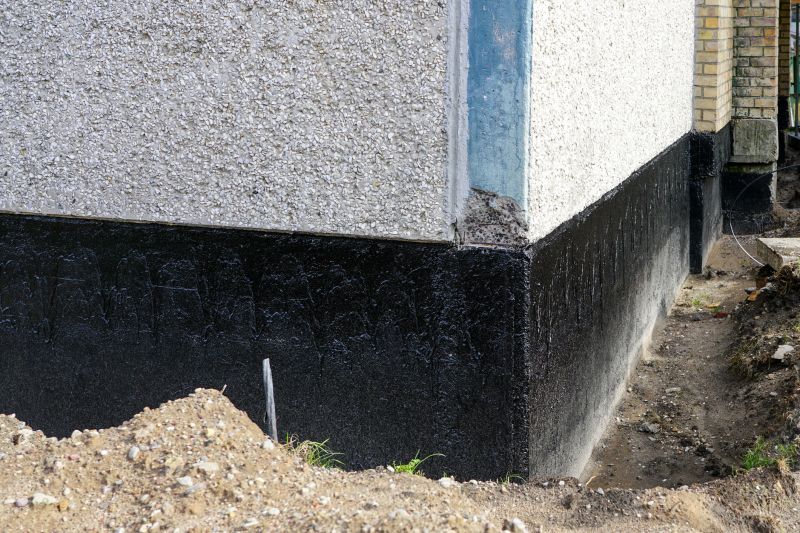
Popular materials for Waterproofings and why they hold up over time.

Simple add-ons that improve Waterproofings without blowing the budget.
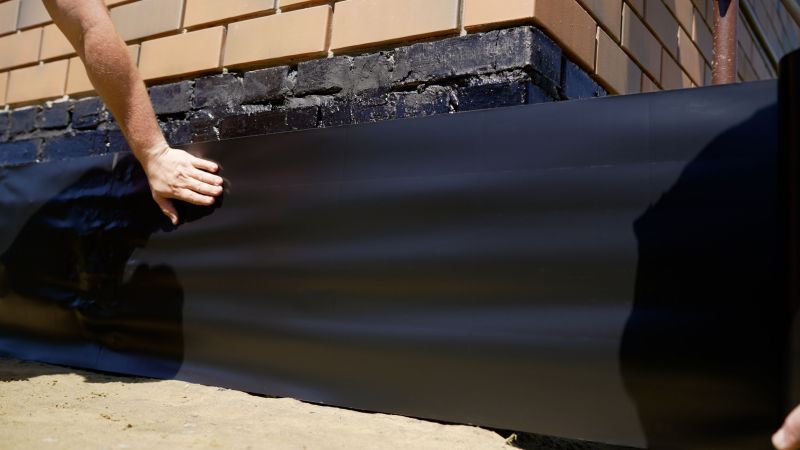
High-end options that actually feel worth it for Waterproofings.
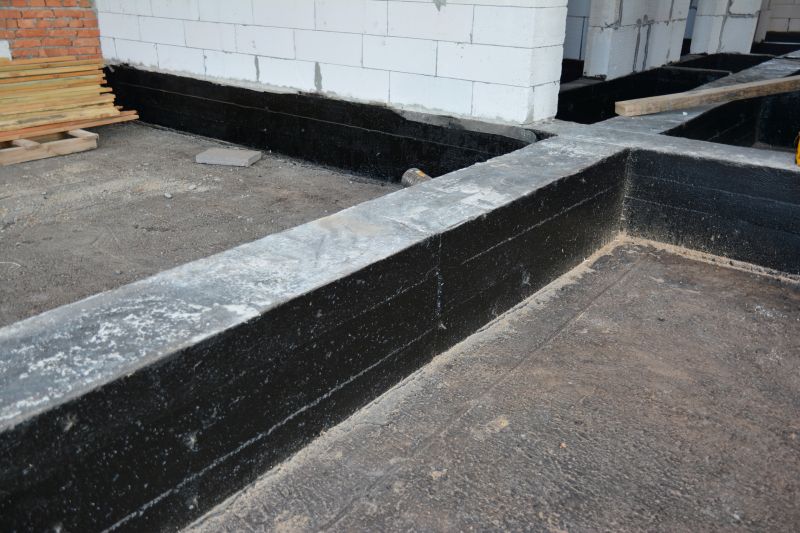
Finishes and colors that play nicely with Waterproofings.
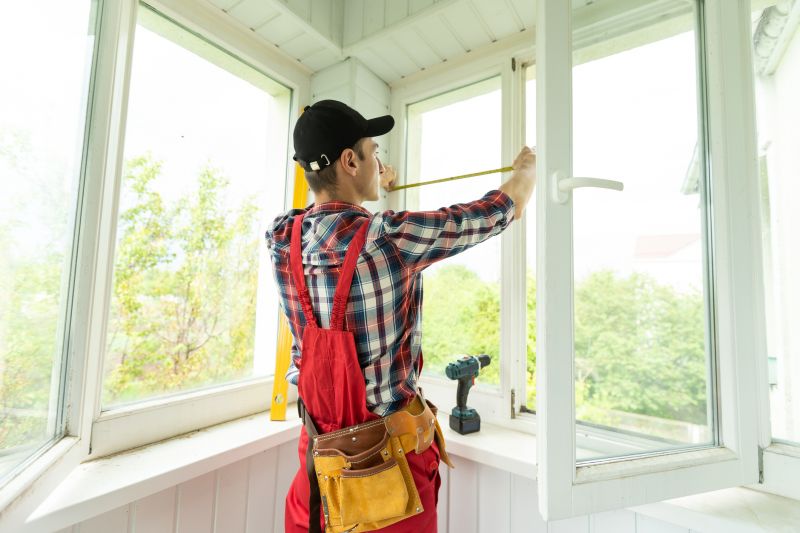
Little measurements that prevent headaches on Waterproofings day.
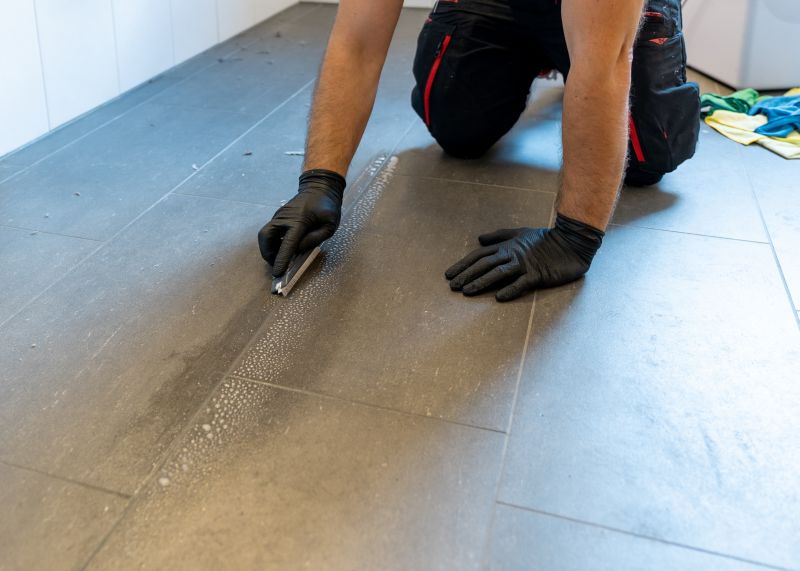
A 60-second routine that keeps Waterproofings looking new.
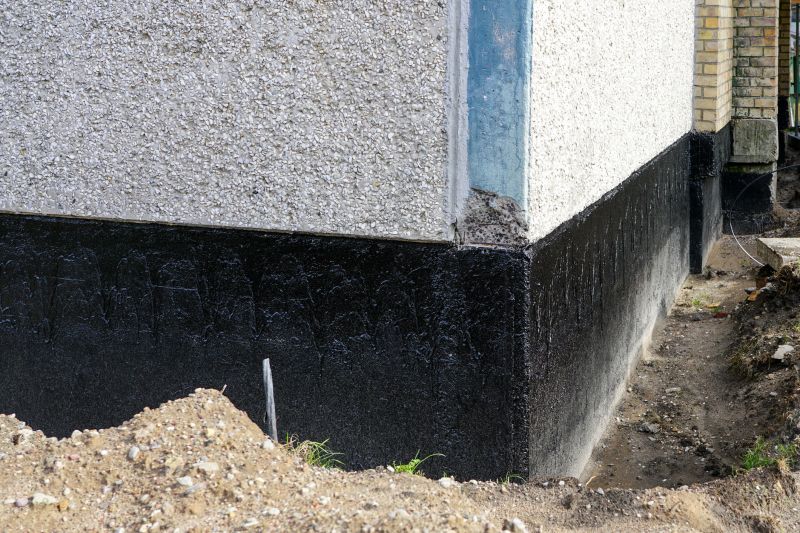
A frequent mistake in Waterproofings and how to dodge it.
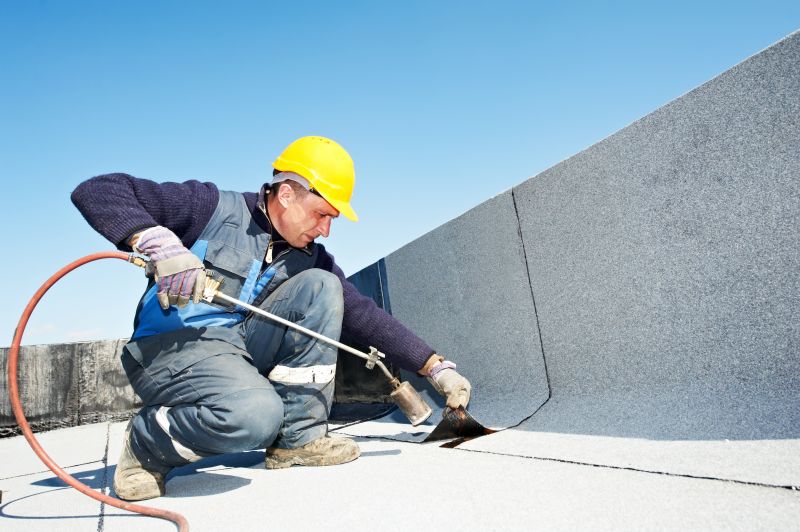
Small tweaks to make Waterproofings safer and easier to use.
| Season | Optimal Conditions |
|---|---|
| Spring | Moderate temperatures, low humidity, ideal for application. |
| Summer | Warm and dry conditions support proper curing. |
| Fall | Cool, dry weather suitable for waterproofing projects. |
| Winter | Freezing temperatures and high moisture levels make it unsuitable. |
Waterproofings are essential for protecting structures from water damage, which can lead to mold, decay, and structural weakening. Properly timed applications ensure durability and effectiveness, especially when considering seasonal weather patterns. Advances in waterproofing technology have increased the longevity of protective barriers, with some coatings lasting up to 15 years when applied correctly. Regular inspections and timely reapplications contribute to maintaining the integrity of waterproofed surfaces.
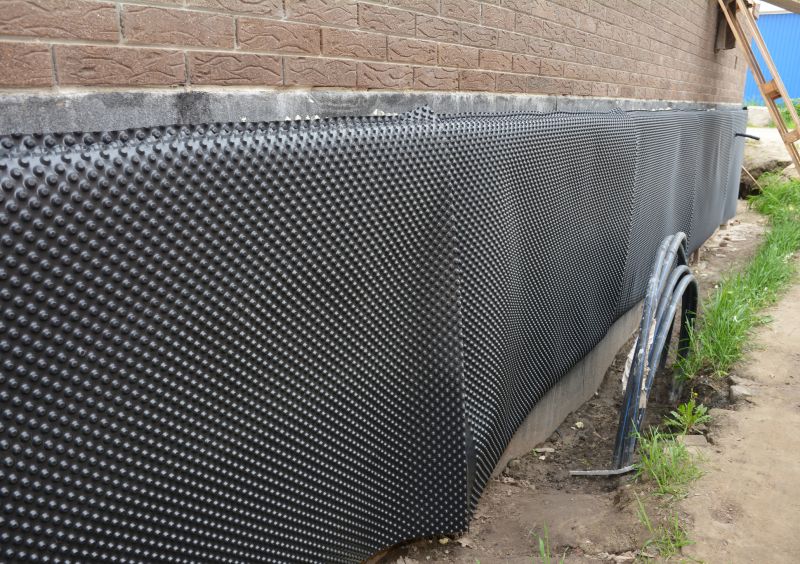
Lower-waste or water-saving choices for Waterproofings.
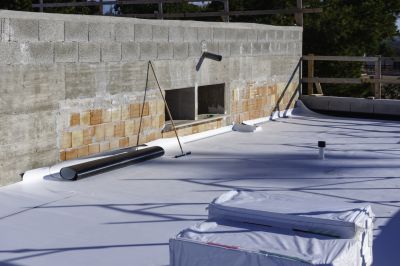
The short, realistic tool list for quality Waterproofings.
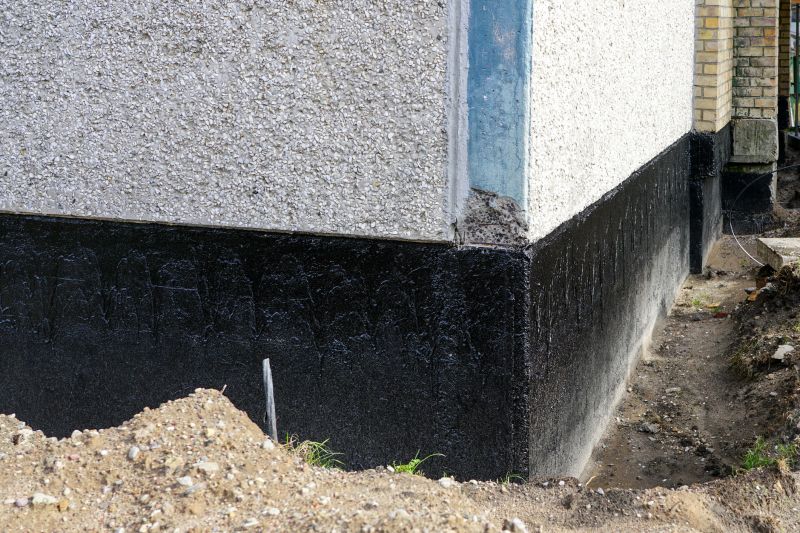
Rough timing from prep to clean-up for Waterproofings.
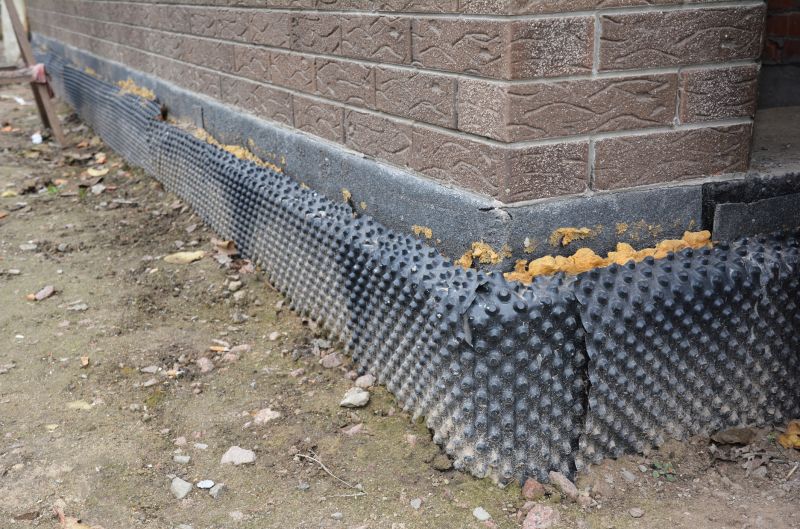
Quick checks and paperwork to keep after Waterproofings.
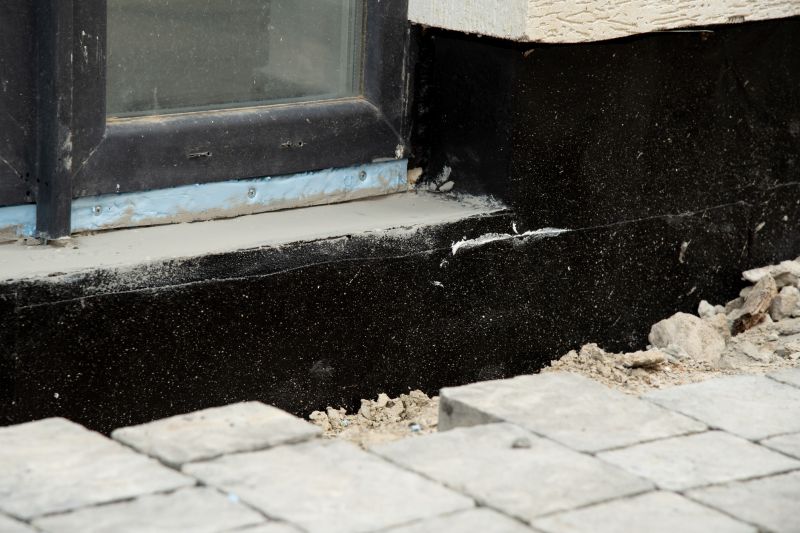
Examples that show the impact a good Waterproofings can make.
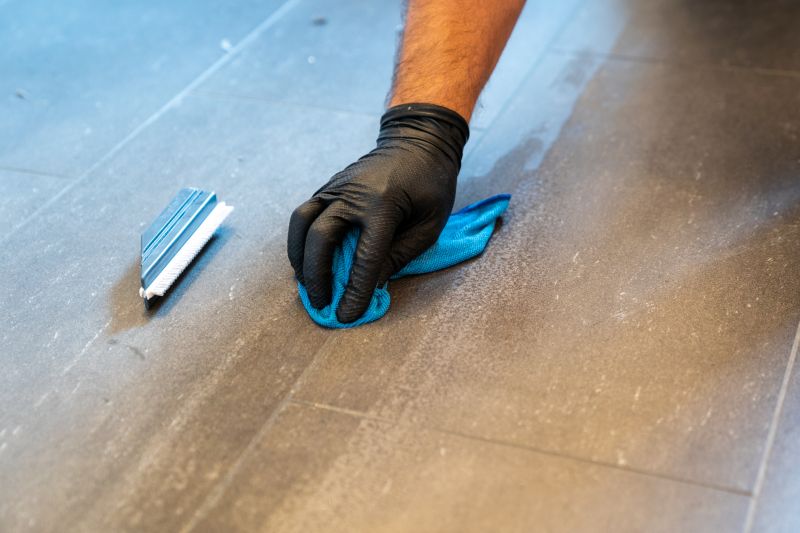
Ways to make Waterproofings work in tight or awkward layouts.

Ways to make Waterproofings work in tight or awkward layouts.
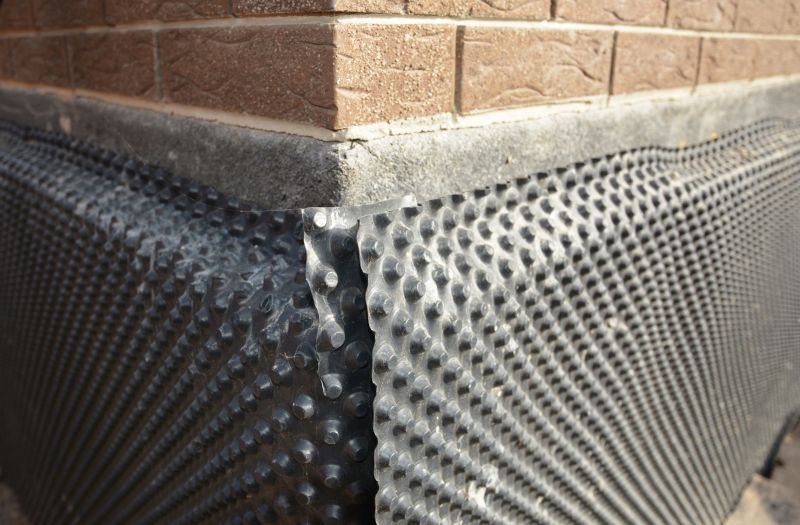
Ways to make Waterproofings work in tight or awkward layouts.
Interested in waterproofing solutions? Filling out the contact form can provide detailed information tailored to specific project needs. Proper timing and application methods are vital for ensuring long-lasting protection against water intrusion.

